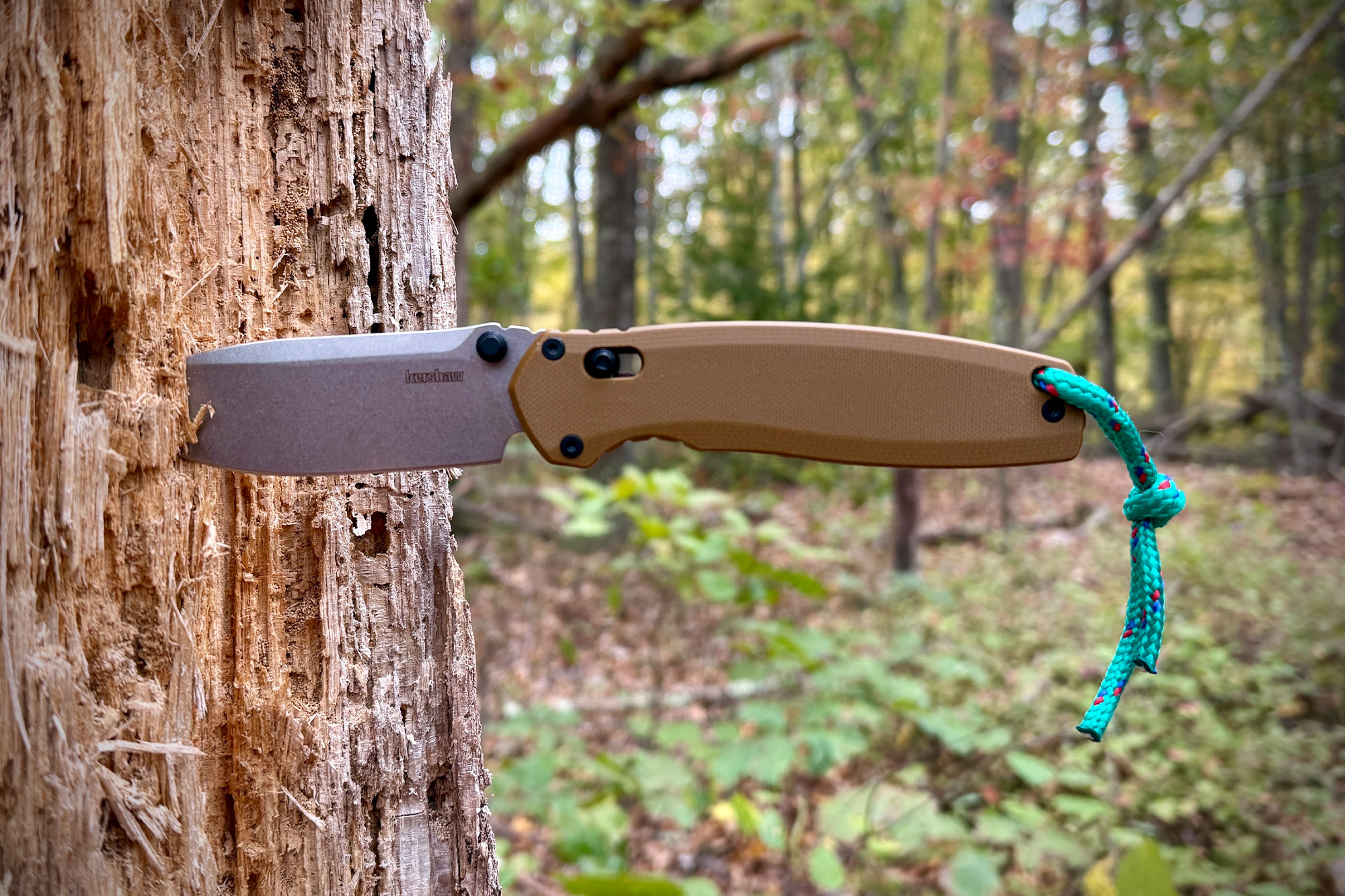Some people are just too damn opinionated about their gear, whether it’s camping, hiking, or just wandering around outdoors. But I never saw that same level of bias in the world of knives. A good knife with good steel was, well, good. And that was true whether it was large or small.
But I now find myself in a world where the idea that EDC folding knives for hiking and backpacking should hover around 3 ounces and remain under 7 inches in length. This idea spread like an infection, and now I see people frolicking around in the woods using knives that are underpowered for many common situations in the outdoors.
This bothers me not just because people are putting themselves in situations where they are unprepared. It is also because there are some incredible folding knives out there now that are passed over because of their size and weight.
Enter the Kershaw Broadside.
At nearly 8.5 inches long — and a whopping 5.1 ounces — this knife is a workhorse that, given current ideals, might not ever see the chance to bag a peak, or at least enjoy a few miles out on trail. I am here to tell you that this is exactly the kind of knife that deserves to live that life.
In short: Though it may be a large knife, the Kershaw Broadside is dependable and well-balanced and could serve as the only edged tool you need on your outdoor adventures. Due to its incredible size-to-weight ratio, it’s the perfect genesis of a ballerina and a brute. Best of all, it won’t break the bank.
-
Size vs. weight ratio -
Scandi-ground D2 steel blade -
DuraLock lock mechanism -
Silky smooth opening action
-
It feels big in your back pocket
Kershaw Broadside Review
Design and Features

Built off of a coated steel frame, the Broadside has G10 handle scales, a deep-carry pocket clip, and a 3.5-inch Scandi-ground D2 spear point blade.
For lock-up and easy deployment, the knife also has Kershaw’s version of a crossbar lock, the DuraLock. This works incredibly well with the KVT ball bearings that surround the pivot, making for some of the smoothest opening action I’ve ever experienced on a manual knife. Considering the Broadside’s overall size, this is a welcome bonus.
D2 steel has been around for decades because it’s hard to beat. It’s tough and easy to sharpen, but the edge may not get to skin-popping sharp without some serious effort. Either way, it’s one of my favorite steels due to how well it holds up in all conditions, especially being that it’s a high-carbon tool steel and not stainless.
For an oversized knife like this, the Broadside is lightweight and balanced. With a total length of 8.35 inches and an overall weight of 5.1 ounces, that’s only about half an ounce per inch. (But seriously, who’s counting?)
First Impressions
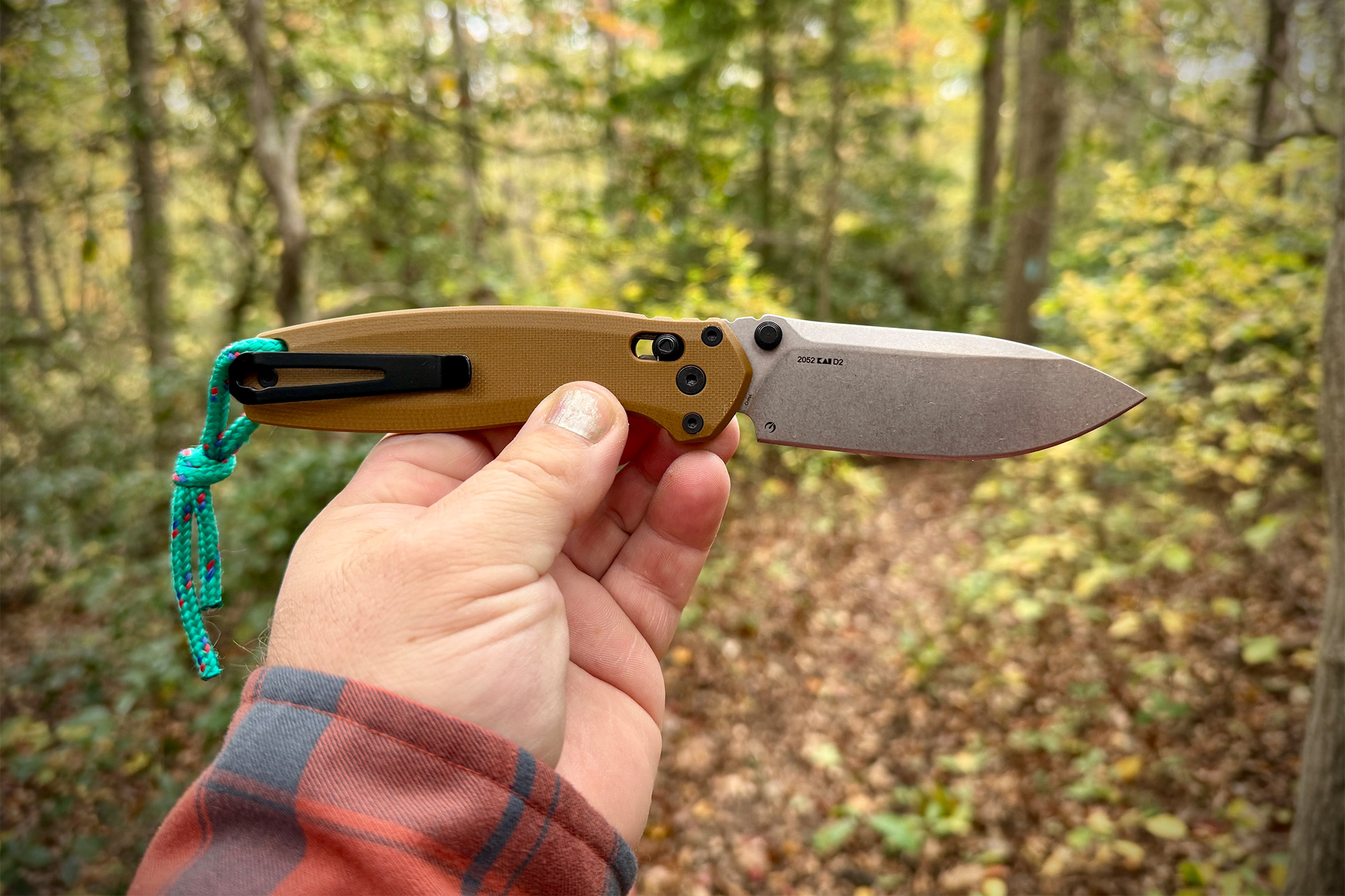

Even though I don’t subscribe to, or support, the trend that knives need to be only so long and so light, I do have a sweet spot for knives I prefer. Physically, the Broadside falls outside of that. However, I’m still impressed.
Yes, the knife is big. It’s visually obvious in its bigness. However, it’s still light and balanced. The action also carries a level of smoothness that large knives usually do not have. With the knife held vertically in my hand, a slight upward push on the thumb stud swings the blade open and locks it up solid.
I get the same results holding the Broadside horizontally with the blade opening down. Gravity doesn’t seem to phase the action. I also like Kershaw’s choice to go with a full Scandi-grind on the spear-point blade. This should provide a level of ease in slicing and chopping that continues the general theme.
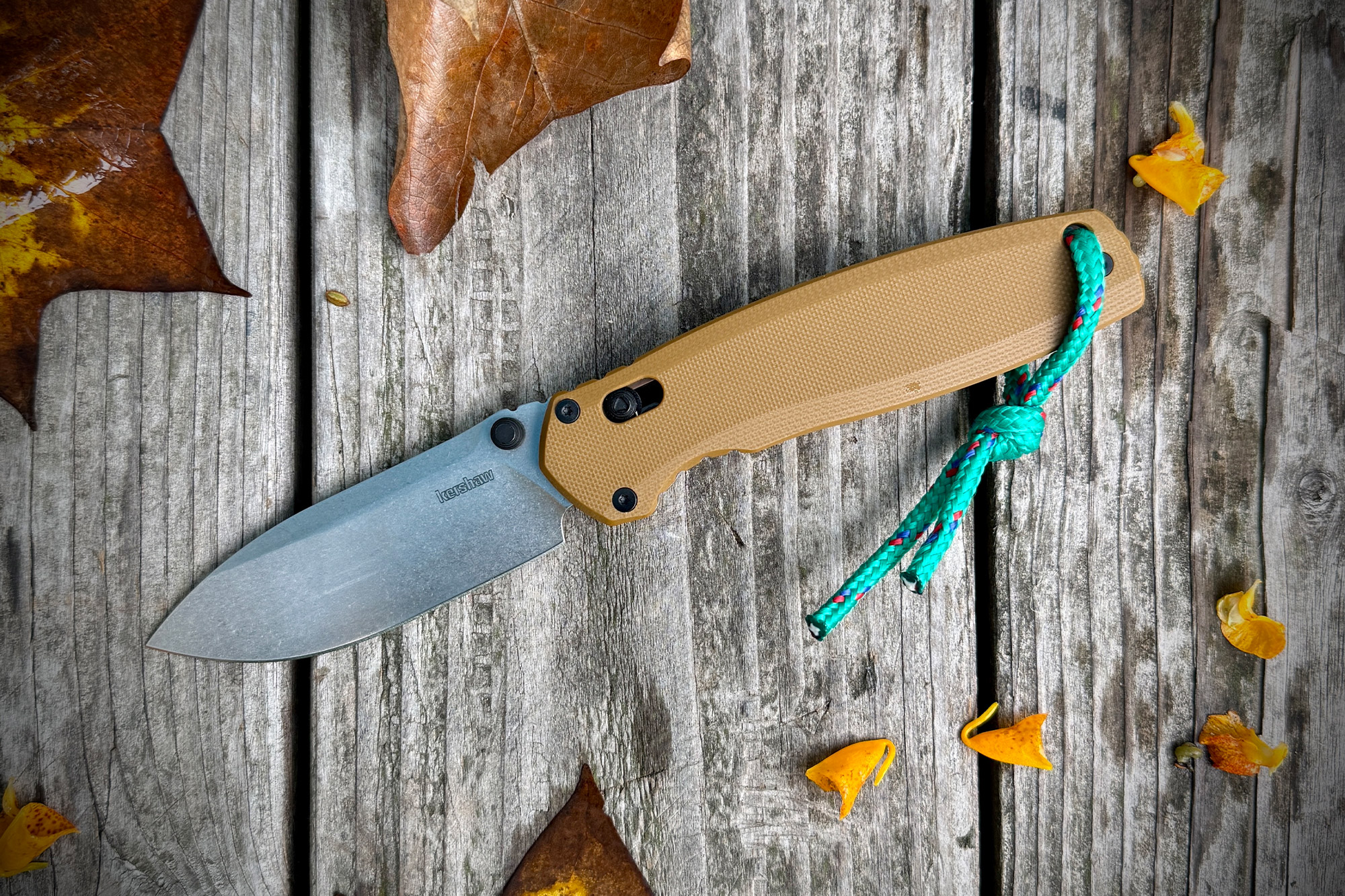

Further, in the right light, you can see where the tip tapers inward on the face of the blade around the 1-inch mark. Spear-point blades are meant to puncture and stab; little details like this in the grind will amplify that ability.
In the Field
In terms of carry, even in a pair of jeans, you can feel the Broadside fill up the hip side of your back pocket. But take note, that’s my only complaint about this knife.
However, on a cold day, in heavier pants, it won’t make much of a difference. The knife tucks in nice and low, disappearing in the pocket (aside from any lanyard you add to it).
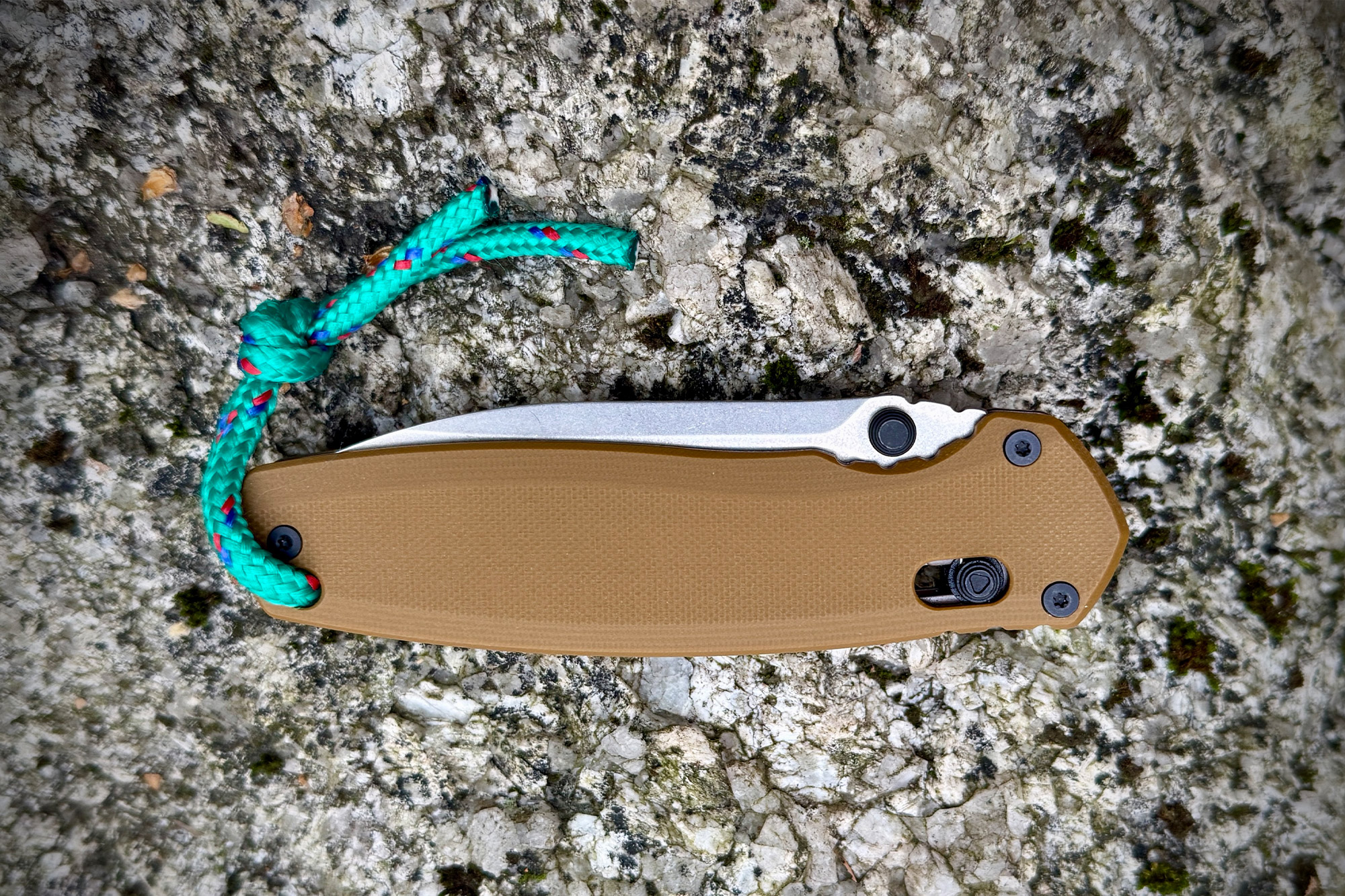

Overall, the Broadside is great for demanding tasks. It cuts, slices, carves, punctures, and chops, which makes it shine for food prep and getting wood ready to start a fire.
Though it’s commonly frowned upon to baton with a folding knife, you bet your bippy I broke down some medium-sized bits with this knife. And I bet it could chop through some wet, frozen rope, or even chop through some ice.
And this brings me to my original point: For folks committed to light-duty EDC knives, what do you do for fire prep? I know the answer — you carry a hatchet or belt knife, both of which weigh more than the Broadside. So why not have a single-bladed tool to rely on?
Conclusion: Who’s It For?
Right now, the market is saturated with more knives than ever. And there are just as many opinions filling the air like butterflies in a field of wild flowers.
Why don’t we cut the BS and get back to picking out the gear that works for us? Not according to norms or implicit rules — just the gear that does the most we need it to.
I think it’s time people stop focusing on inches and ounces, and start honing in on what knife works best for them.
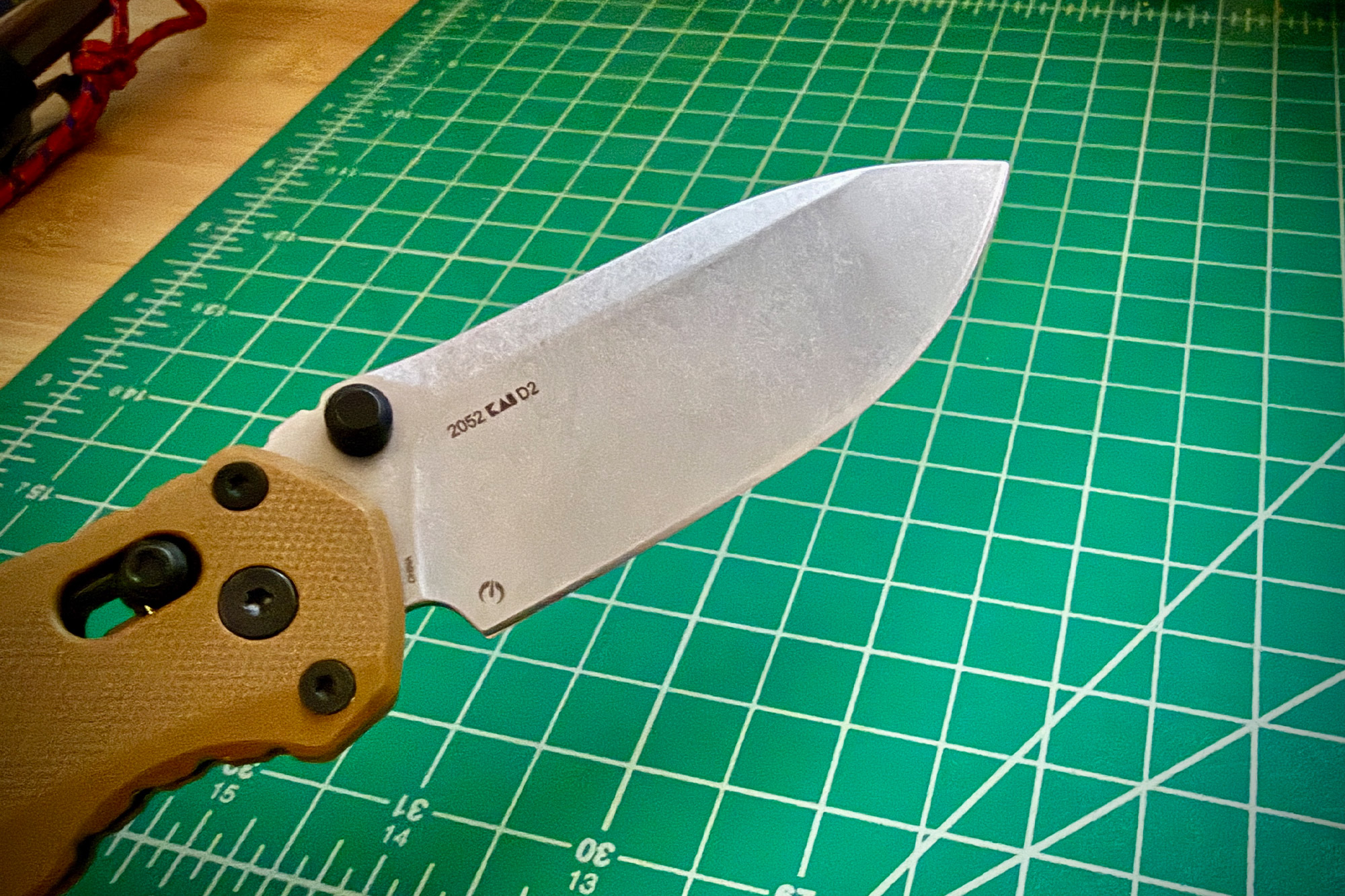

Knives like the Broadside aren’t a burden, they’re an opportunity. Leave your belt knife or hatchet behind, and you can still keep your pack weight down. Is it as strong as a fixed blade that’s the same size and materials? No. But it’s stronger than a 3-ounce light-duty knife and, really, what do you need that hatchet for?
All in all, I have found the Broadside to be reliable and well-balanced for its size. It’s fast to open, and the DuraLock isn’t going to fail during regular use. This is the kind of knife you can rely on to do a variety of tasks very well.
Read the full article here




